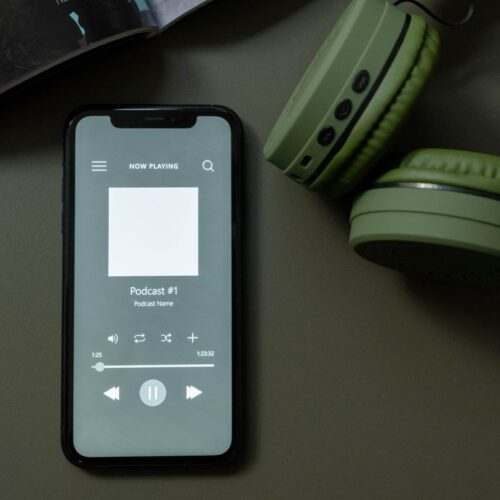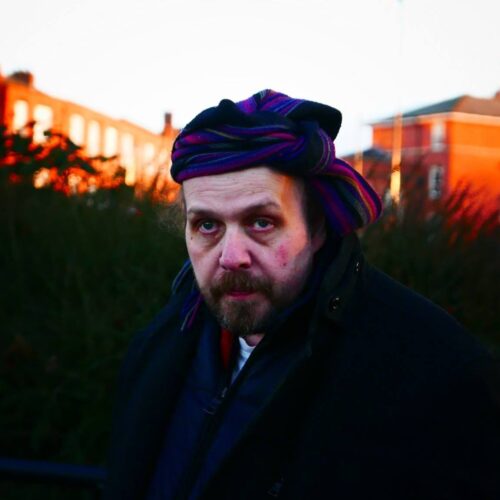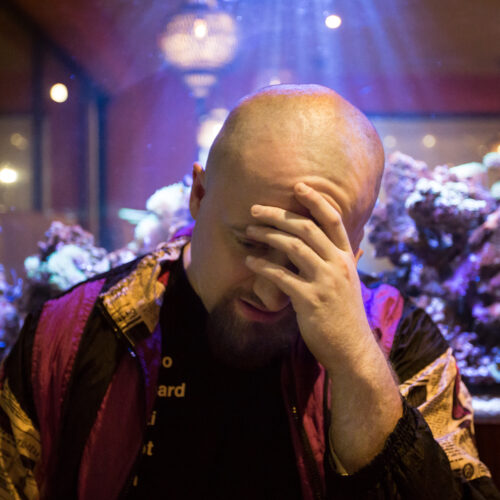
The Composer and Performer Relationship

In the first of a series of follow up blogs from the recent OCA music workshop, I want to look at one of the most important points raised on the study day, the Composer and Performer Relationship.
Both sides of the relationship need each other and, in most professional musical situations, the scale of collaboration and dialogue between the two usually has the most bearing on a whether a project will be truly successful or not. Gone is the old myth of the composer locked away in a room producing sheet after sheet of music that a performer will then magically translate into the perfect performance just by the directions of the page; music is far more nuanced than what can just be notated.
Of course, this doesn’t mean that composers should care even less about producing detailed and accurate scores, but rather that we should spare a thought for who will eventually perform a piece. Be detailed, be accurate, be helpful! For students, this is really something important to remember, especially if you are sending work for formal assessment, the quality, detail, accuracy, presentation and clarity of your scores will be assessed and have a direct effect on your mark. For instance, if the assessor can’t fully understand the intention of your score, what chance has the performer?
This is where the interaction can really help shape both understanding and the actual shape of the final product. The process of talking, playing, discussing and experimenting can greatly influence each side, potentially changing opinions and developing the piece in a more collaborative way. This is even more the case with contemporary music involving new techniques, new ways of scoring, new instruments or new styles. Here the collaboration and interaction process will be essential. There is a considerable amount of fascinating writing on the composer-performer interaction (and listener for that matter) and the dynamics of the interaction. I urge students to research as many examples as possible, it is a fascinating subject and there are many offshoots to the philosophies behind it.
So, back to some examples raised at the composition workshop. In the afternoon session, with Flute & Piano duo, there were many interesting points raised which impacted on how the compositions might be played. These included the interpretation of tempos, phrasing and dynamics and, on almost all occasions, details were adjusted from what was originally notated. Sometimes this was due to the performer offering an insight into the technical abilities of a particular instrument, sometimes of a personal preference on a performing issue, and sometimes suggesting an addition or deviation that the composer hadn’t considered.
It was fantastic to see students engaging in the process, feeding information, ideas and questions back to the performer in a very two-way process. It was much more than just a student experience, I saw composers starting to work professionally with performers, finding out what is possible and collaborating with performers to change pieces. This is such a brilliant way of learning and developing, not on a computer, or in book. Just simply doing it. Get out there and find people to work with, any level, any instrument, you are guaranteed to learn something new with every collaboration!
I’ll leave you with a few short clips from the afternoon session where pieces based on a choice of given folk tunes were workshopped. They are feature possible changes discussed in the composer and performer interaction. The first is John Godwood’s Dallying with Joan where ornaments, embellishments and improvisation were talked about. The second is Helmuts Feldmanis’ The Captain’s Apprentice where details of speed and texture were discussed. The third is Fionagh Bennet’s Song Musick where different flutes (traditional and modern) were compared along with capabilities and articulation.
Look out for the next in the series of blogs where more details raised on the Study Day, and more student work, will be discussed.
Clip 1a) John Godwood Dallying with Joan (End – Version 1):
Clip 1b) John Godwood Dallying with Joan (End – Version 2):
Clip 2a) Helmuts Felmanis The Captain’s Apprentice (Start – Version 1):
Clip 2b) Helmuts Felmanis The Captain’s Apprentice (Start – Version 2):
Clip 3a) Fionagh Bennet Song Musick (Start – Version 1):
Clip 3b) Fionagh Bennet Song Musick (Start – Version 2):





